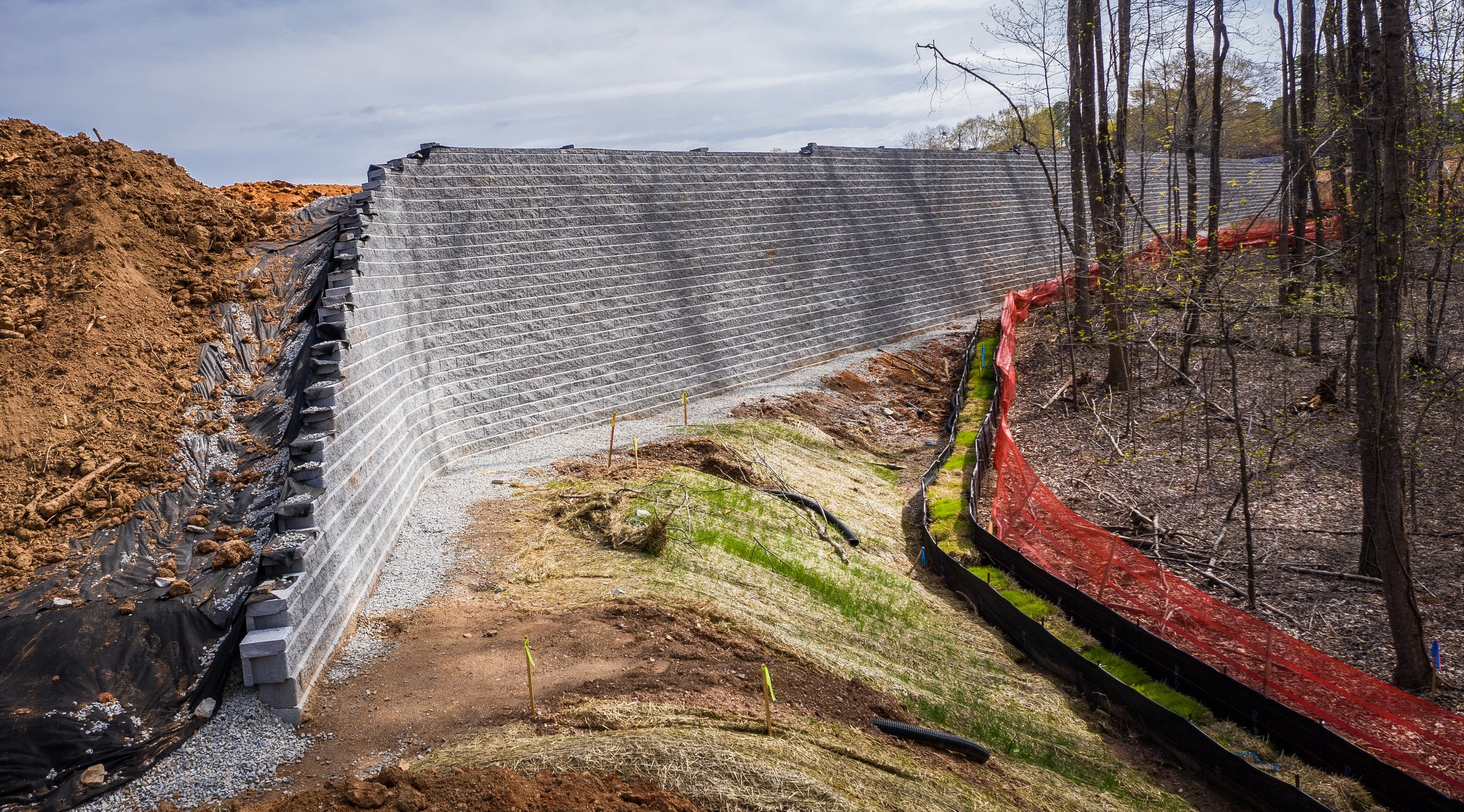The Advantages of a Retaining Wall: Creating Usable Space, Improving Stability and Erosion Control, and Adding Visual Appeal
A retaining wall is a structure that is used to hold back soil or other materials in order to create a level area on a sloped piece of land. Retaining walls are commonly used in landscaping and construction to create functional and attractive outdoor spaces, and they offer a number of benefits to property owners.
One of the primary benefits of a retaining wall is that it can create usable space on a sloped piece of land. By holding back the soil and leveling the area, a retaining wall can turn an unusable slope into a functional outdoor space, such as a patio, garden, or even a parking area. This can be especially useful for properties that have limited flat space, as it allows the owner to utilize the entire property.
Another benefit of a retaining wall is that it can improve the stability and erosion control of a slope. When soil is allowed to erode or slide, it can cause damage to the property and create hazards for those who use the space. A retaining wall can help to prevent erosion by holding the soil in place, which can improve the stability of the slope and reduce the risk of damage.
In addition, retaining walls can add visual appeal to a property. They come in a variety of materials, such as stone, brick, and concrete, and can be designed to complement the surrounding landscape. Retaining walls can also be used to create visual interest by incorporating different heights, shapes, and textures.
Overall, retaining walls are a useful and attractive addition to any property. They can create usable space on a sloped piece of land, improve stability and erosion control, and add visual appeal to the property. Whether you are looking to create a functional outdoor space or simply want to improve the look of your landscape, a retaining wall may be the perfect solution.


